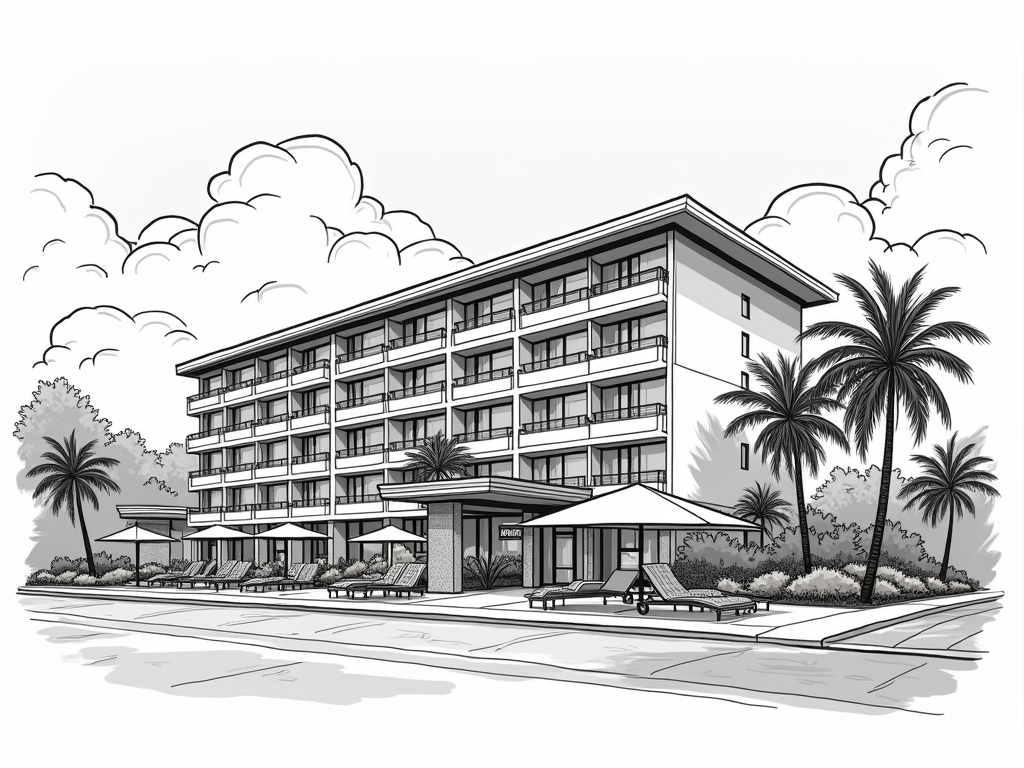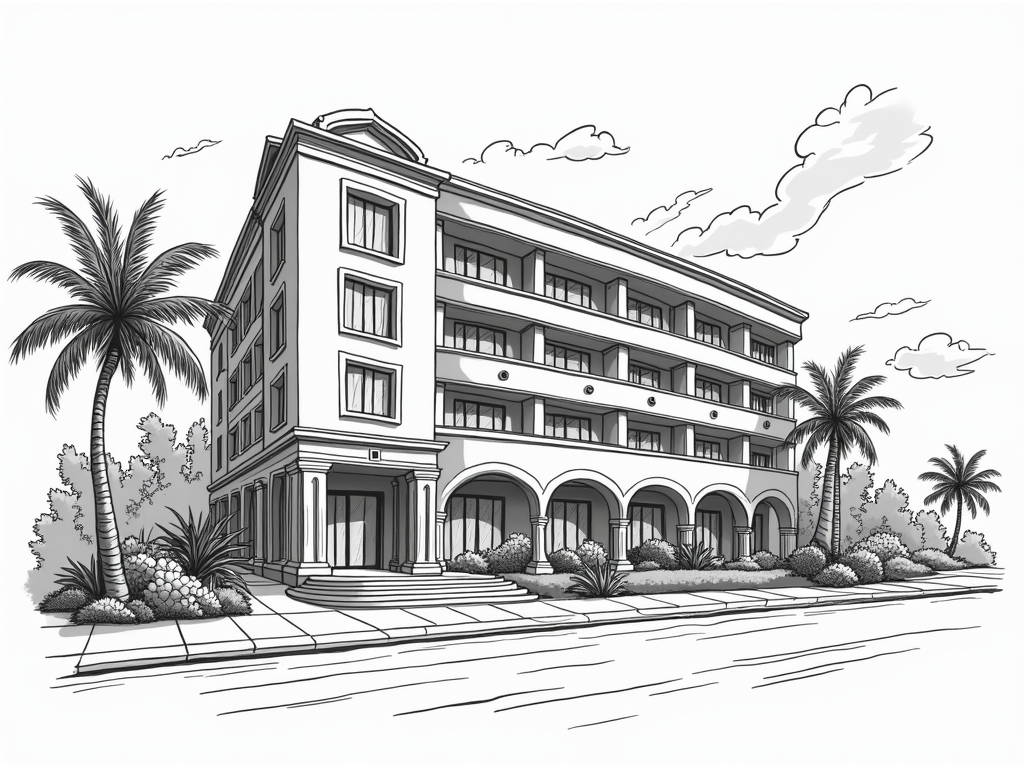
The Complete Guide to Investing in Greek Islands: Paradise and Profit
Reading time: 12 minutes
Table of Contents
- Introduction: The Allure of Greek Island Investments
- Current Market Overview
- Top Islands for Investment
- Investment Options and Property Types
- Legal Considerations and Requirements
- ROI Analysis and Financial Projections
- Navigating Risks and Challenges
- Success Stories and Case Studies
- Future Outlook: Your Aegean Investment Horizon
- Frequently Asked Questions
Introduction: The Allure of Greek Island Investments
Crystal-clear waters, whitewashed buildings against azure skies, and centuries of rich history—the Greek islands have captivated travelers for generations. But beyond their postcard perfection lies a compelling investment opportunity that combines lifestyle benefits with financial potential.
Think about this: while traditional investment markets fluctuate wildly, Greek island properties have shown remarkable resilience, particularly in premium locations. The combination of limited supply (you can’t create more islands) and consistent global demand creates a unique market dynamic that savvy investors are increasingly recognizing.
“The Greek islands represent one of the few remaining European markets where authentic experiences meet genuine investment value,” notes Maria Konstantinidou, a Athens-based real estate analyst with 15 years of experience in the Mediterranean market. “We’re seeing growing interest not just from Europeans but from Americans, Middle Eastern investors, and increasingly, Asian buyers looking for both yield and lifestyle.”
But let’s be clear—this isn’t a market for the unprepared. Success requires navigating complex local regulations, understanding island-specific market dynamics, and recognizing that not all paradises are created equal when it comes to investment potential.
Current Market Overview
The Greek property market has experienced a remarkable recovery since the financial crisis that bottomed out around 2015. Current data from the Bank of Greece shows property prices on popular islands increasing at an average of 4.7% annually since 2018, with premium locations on Mykonos and Santorini seeing appreciation rates exceeding 8% in certain years.
What’s driving this growth? Several factors converge to create this upward momentum:
- Golden Visa Program: Non-EU investors can obtain residency permits through property purchases exceeding €250,000, creating significant international demand.
- Infrastructure improvements: Major upgrades to airports, marinas, and roads on islands like Paros, Kos, and Rhodes have enhanced accessibility and comfort.
- Digital nomad influx: Post-pandemic remote work trends have created year-round demand in previously seasonal markets.
- Luxury tourism expansion: High-end hotel groups entering previously underdeveloped islands has elevated entire local markets.
Consider this practical example: An apartment purchased in Paros for €180,000 in 2018 was recently valued at €265,000—representing a 47% increase in just five years. While not every property will perform this well, it illustrates the potential in well-selected locations.
Property Price Comparison Across Islands (Average €/m² for Quality Apartments)
Top Islands for Investment
Not all Greek islands offer the same investment potential. Each island has its own character, market dynamics, and growth trajectory. Here’s a strategic assessment of where to focus your attention:
Established Premium Markets
Mykonos and Santorini remain the undisputed luxury leaders, commanding the highest prices and rental yields. However, their maturity means finding value opportunities requires more work.
On Mykonos, for example, a two-bedroom villa with sea views starts around €500,000 but can command weekly rental rates of €3,500-€7,000 during high season. The summer rental period has extended from 8 weeks in the early 2000s to nearly 20 weeks now, dramatically improving yield calculations.
Investor Profile: High net worth individuals seeking established luxury markets with proven rental performance and stronger liquidity for eventual exit.
Emerging Value Markets
Islands like Paros, Naxos, and Sifnos offer a compelling middle ground—authentic Greek character with rapidly improving infrastructure and growing international recognition.
Paros, in particular, has seen its property values increase following the opening of a new international airport in 2016. More direct flights mean easier access for tourists and higher occupancy rates for rental properties.
Case Study: Elena and Marcus, a German-Greek couple, purchased a 95m² apartment near Naoussa, Paros for €235,000 in 2019. After modest renovations of €35,000, they achieved rental income of €18,000 in their first partial season and €29,000 in their first full season (2021), representing a gross yield exceeding 10% before expenses.
Investor Profile: Value-conscious investors seeking stronger growth potential who can recognize emerging trends before mass market awareness drives prices up.
Hidden Gems with Long-Term Potential
Lesser-known islands like Astypalaia, Leros, and Ikaria offer authenticity and significantly lower entry prices, but with correspondingly higher risks and longer investment horizons.
The Greek government’s GR-eco Islands initiative is targeting smaller islands for sustainable development, potentially creating future value in currently overlooked locations.
Investor Profile: Patient investors with deeper knowledge of Greece seeking diversification and longer holding periods, often with personal use as a primary motivation.
Investment Options and Property Types
Greek island investments span various asset classes, each with distinct risk-return profiles and management requirements:
Residential Properties
The most straightforward entry point for most investors is residential property, with options ranging from traditional village houses to luxury villas.
When considering flats for sale in greece, particularly on the islands, focus on view, proximity to amenities, and architectural authenticity. Properties with these characteristics maintain both their rental appeal and resale value.
The sweet spot for many investors is renovated traditional properties that balance authentic character with modern comforts. These properties appeal to the growing segment of travelers seeking “authentic luxury” rather than generic high-end accommodations.
Commercial Opportunities
Small hotels, restaurants, and shop spaces in prime tourist areas represent higher-risk but potentially higher-reward investments. Operating businesses requires significantly more local knowledge and management infrastructure.
One interesting hybrid model involves purchasing larger properties that can be partially converted to boutique accommodations while maintaining residential components—essentially creating a small hospitality business backed by real estate value.
| Property Type | Entry Price Range | Typical Annual Yield | Management Complexity | Liquidity |
|---|---|---|---|---|
| Luxury Villa | €600,000+ | 4-8% | High | Medium |
| Modern Apartment | €150,000-€400,000 | 5-7% | Medium | High |
| Traditional House | €80,000-€250,000 | 3-8% | Medium-High | Medium |
| Small Hotel | €500,000+ | 8-12% | Very High | Low |
| Commercial Space | €200,000-€500,000 | 7-10% | High | Low-Medium |
Legal Considerations and Requirements
Navigating Greek property law requires careful attention to detail. Here’s what you absolutely must know:
Ownership Structures and Restrictions
For most island properties, foreign nationals can purchase directly, but properties in border areas (including some islands close to Turkey) may require additional permissions or corporate structures.
The purchase process typically involves:
- Securing an AFM (Greek tax number) and Greek bank account
- Conducting thorough title searches through a lawyer
- Signing a preliminary agreement with a deposit (typically 10%)
- Finalizing the transaction through a notary
- Registering the property at the local land registry and cadastre
One critical warning: Always verify that properties have clear titles and necessary permits. Greece’s complex land registry system means some properties have unclear ownership or structures built without proper permissions.
Tax Implications
Understanding the tax landscape is essential for accurate financial planning:
- Transfer tax: 3.09% of the property value
- Annual property tax (ENFIA): Varies by location and property size, typically €500-€3,000 for standard island properties
- Income tax on rentals: Progressive rates from 15-45%, with expenses deductible under certain conditions
- Capital gains tax: Currently suspended until 2022, then 15% on gains
“The most common mistake foreign investors make,” explains Dimitris Papaioannou, a property attorney based in Athens, “is failing to structure their purchase with tax efficiency in mind. Different ownership structures—personal, corporate, or through specific vehicles—can significantly impact your tax obligations both in Greece and your home country.”
ROI Analysis and Financial Projections
When evaluating Greek island properties, traditional metrics like price per square meter only tell part of the story. Here’s how to analyze potential returns more comprehensively:
Rental Yield Calculations
Greek island properties typically generate most of their rental income during a 3-5 month high season, with shoulder seasons adding additional weeks. Premium properties on islands like Mykonos can achieve occupancy rates of 85-95% during high season with average daily rates of €350-€1,000 depending on size and quality.
For a realistic assessment, calculate with these assumptions:
- High season (8-10 weeks): 80-90% occupancy
- Shoulder seasons (8-12 weeks): 40-60% occupancy
- Low season: Minimal occupancy unless on larger islands with year-round activity
- Management costs: 15-25% of gross revenue
- Maintenance reserve: 5-10% of gross revenue
Working example: A well-located two-bedroom apartment on Paros purchased for €250,000 might generate €22,000-€28,000 in gross annual rental income, resulting in a gross yield of 8.8-11.2% before expenses. After management, maintenance, and taxes, net yields typically range from 4-7%.
Appreciation Potential
Historical data shows premium Greek island properties appreciating at 3-8% annually over longer timeframes, with significant variability based on location and property quality. The most important factors influencing appreciation include:
- Infrastructure improvements (new airports, marinas, roads)
- Development restrictions preserving island character
- International accessibility (direct flights from major European cities)
- Local government initiatives affecting tourism development
Pro tip: Properties with unique characteristics—exceptional views, historical elements, special architectural features—tend to appreciate faster than standard units and maintain value better during market downturns.
Navigating Risks and Challenges
Every paradise has its thorns. Here are the key risks to mitigate when investing in Greek islands:
Seasonal Liquidity Constraints
The highly seasonal nature of most Greek islands creates both operational and liquidity challenges. From a cash flow perspective, properties may generate 80% of their income in just 3-4 months, requiring careful financial planning.
From a transaction perspective, the market for buying and selling is similarly seasonal, with most activity concentrated between February and June. Attempting to sell outside these windows can result in reduced interest and potentially lower prices.
Practical strategy: Structure your investment with sufficient reserves to weather at least one poor tourism season, which can happen due to external factors like economic downturns, health crises, or geopolitical events.
Management Challenges
Remote property management presents significant challenges, particularly on smaller islands with limited professional services. Consider:
- Finding reliable year-round caretakers when many locals work seasonally
- Maintaining properties through harsh winter conditions when many islands have reduced access
- Coordinating renovations and repairs with seasonal availability of contractors
- Managing guest expectations when island infrastructure (like water supply) may be limited
Case study: Michael, an American investor, purchased a villa on a smaller Cycladic island without establishing proper management. When a water leak occurred during winter, it went undetected for weeks, resulting in significant damage and a lost rental season while repairs were completed.
Practical strategy: Budget for professional management (typically 15-25% of rental income) or invest only on islands where you have trusted local connections.
Success Stories and Case Studies
Learning from those who’ve successfully navigated these waters provides valuable insights:
The Restoration Specialist
Anna, an architect from Denmark, purchased a deteriorating stone house on Sifnos for €95,000 in 2016. With her professional background, she personally designed and managed a sensitive restoration costing €130,000.
The result: A unique property that commands premium rental rates (€2,200/week in high season) and has been featured in architectural publications. Beyond financial returns, the property has established Anna in the local community and provided a base for her to expand with similar projects. The property’s current market value exceeds €350,000, representing a gain of approximately 55% over investment.
Key insight: Specialized knowledge (in this case, architectural expertise) created value others couldn’t see in a distressed property.
The Lifestyle Investors
Robert and Thomas, a German couple approaching retirement, purchased three adjacent apartments in a new development on Rhodes for €480,000 total in 2018. Their strategy balanced personal use with income generation by keeping one unit for themselves and renting the other two.
The rental units generate approximately €31,000 annually, providing a 6.5% gross yield on their total investment while covering the costs of their own Mediterranean lifestyle. They spend April-June and September-October on the island, avoiding the highest tourist season which maximizes rental income.
Key insight: Strategic property selection enabled a self-funding lifestyle that would otherwise be financially unattainable.
Future Outlook: Your Aegean Investment Horizon
As we look toward the future of Greek island investments, several emerging trends are reshaping the landscape:
- Sustainable development focus: New regulations are increasingly prioritizing environmental sustainability, favoring renovation of existing structures over new development on many islands. This trend supports value appreciation for existing properties with proper permits.
- Extended seasons: Climate change and changing travel patterns are extending viable tourism seasons, potentially improving annual yields for island properties.
- Digital infrastructure improvements: Government initiatives to improve internet connectivity on islands are opening new opportunities for year-round rentals targeting remote workers.
- Luxury repositioning: Several previously mid-market islands are seeing significant luxury development, potentially creating “lift” for existing properties.
- Accessibility enhancements: Expanded ferry routes and new airport connections are literally putting some islands “on the map” for international investors.
For investors considering entry into this market, the time horizon matters enormously. Greek island properties are not generally suitable for short-term speculation. The transaction costs (typically 6-8% all-in between buying and selling) and seasonal liquidity mean investment periods under 5 years rarely make financial sense.
The most successful investors approach these properties with 7-10 year horizons, allowing time to benefit from both rental income and appreciation while weathering inevitable market fluctuations.
Are you ready to transform your dreams of Mediterranean ownership into a sound investment strategy? The Greek islands offer that rare combination of lifestyle enhancement and financial potential—but only for those who approach with both passion and pragmatism.
Frequently Asked Questions
What budget do I realistically need to invest in Greek island property?
Entry-level investments start around €100,000-€150,000 for modest apartments on larger islands like Crete or Rhodes. For smaller Cycladic islands, entry points for renovated properties typically begin at €200,000-€250,000. Premium properties with optimal locations and views start at €500,000 and can reach several million. Beyond purchase price, budget 3-4% for transaction costs, 10-15% for furnishings if buying unfurnished, and maintain a 5-10% contingency fund for unexpected issues common in island properties.
How can foreign investors manage properties remotely?
Professional management companies operate on most popular islands, typically charging 15-25% of gross rental income for comprehensive services. On smaller islands, local caretakers combined with digital management tools can create effective hybrid solutions. Many successful investors partner with local contacts or existing property owners to create informal management networks. The key is establishing year-round oversight, as seasonal attention is insufficient to properly maintain properties in the harsh marine environment.
What are the most common pitfalls for first-time Greek island investors?
The most frequent mistakes include underestimating renovation costs (typically 30-50% higher than mainland projects), failing to verify building permits and clear title (especially for older properties), inadequate understanding of seasonal maintenance needs, and overly optimistic rental projections based on peak season rates. Additionally, many investors underestimate the impact of location micro-factors—a property just 5 minutes further from beaches or amenities can see dramatically different rental demand despite similar quality and views.

Article reviewed by MDavid Cohen, Chief Strategy Officer | Architect of Scalable Growth for Tech Startups, on April 29, 2025


